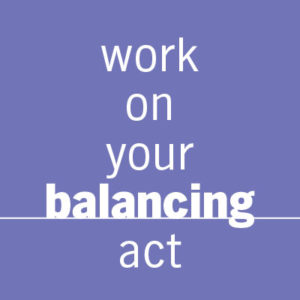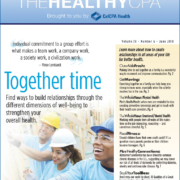 Your vision can be damaged or lost without treatment.
Your vision can be damaged or lost without treatment.
There are about 29 million people who have diabetes in the U.S. today. If your doctor has told you that you have diabetes, you’re one of the 21 million who know. That leaves about 8 million people who have no idea they have it.1
Diabetes affects your body’s ability to use blood sugar or glucose. The most common form of diabetes is type 2, where the body does not properly use insulin, a hormone that helps the body use blood sugar for energy. This is called insulin resistance. At first, your pancreas makes extra insulin to make up for it. But, over time it isn’t able to keep up and can’t make enough insulin to keep your blood sugar at normal levels.1
Having diabetes puts you at risk for serious eye problems — all of which lead to poor vision and, for some, even blindness. Here are some eye conditions made worse by diabetes:
Retinopathy
The retina is the layer at the back of the eye containing cells that are sensitive to light. Retinopathy occurs when the blood vessels in the retina swell and leak fluid. New blood vessels can also grow on the retina, leaking fluid and stopping light form reaching it. This causes blurry vision and, in more serious cases, blindness.2
Cataracts
A cataract is a clouding of the eye’s natural lens, which lies behind the iris and pupil. The lens inside the eye works much like a camera lens, focusing light onto the retina for clear vision. It also adjusts the eye’s focus, letting us see things clearly up close and far away. The lens is mostly made of water and protein. The protein helps keep the lens clear and allows light to pass through it. As we age, some of the protein may clump together and start to cloud a small area of the lens. This is a cataract.3
Glaucoma
This is pressure in the eye, which causes harm to the optic nerve. Glaucoma impacts light perception. Without treatment, people with glaucoma will slowly lose their peripheral (side) vision, making them unable to see objects to the side and out of the corner of their eye. They feel like they’re looking at things through a tunnel. Over time, straight-ahead (central) vision may get worse until its lost completely.4
Light sensitivity
People with diabetes are more sensitive to the sun than people who don’t have it. This is because the drugs taken by people who have diabetes, such as those for high blood pressure, increase light sensitivity. Protecting your eyes from the sun’s UV rays is not only for people with diabetes. All people should take safety precautions to protect their vision. To protect your eyes you should:
- Wear sunglasses that block 100% of UV rays, even on cloudy days.
- Get Transitions®
- lenses for your prescription glasses. They are as clear as regular lenses indoors, but turn as dark as sunglasses outdoors, depending on the strength of UV rays — reducing glare and making the eyes more comfortable. They also block 100% of UVA and UVB rays.
- Choose bigger lenses to protect more of your eyes, and wear a wide-brimmed hat to block UV rays from the top and sides of your face.
- Get contact lenses that filter out UV, but remember that they do not protect the area around the eyes. For complete eye protection, wear sunglasses that shield most of the eye as well.
People with diabetes need yearly eye exams4
If you have been diagnosed with diabetes, taking the right medicine, watching your blood sugar levels, eating healthy and exercising can help you control it. It’s also important to get yearly eye exams, which includes dilation. With dilation, an eye care professional places drops in each eye to widen the pupil, which is the opening at the center of the colored part of the eye called the iris. Dilation is an important part of a comprehensive eye exam because it lets your eye care professional to see the inside of the eye.







 Your vision can be damaged or lost without treatment.
Your vision can be damaged or lost without treatment.


 Diabetes is a condition where the body can’t make insulin, or can’t use it well. Insulin is a hormone that helps our bodies get energy from the glucose in the food we eat. Without it, glucose levels in the blood stream are too high. Over time, this can cause damage to your body tissue and organs.1
Diabetes is a condition where the body can’t make insulin, or can’t use it well. Insulin is a hormone that helps our bodies get energy from the glucose in the food we eat. Without it, glucose levels in the blood stream are too high. Over time, this can cause damage to your body tissue and organs.1